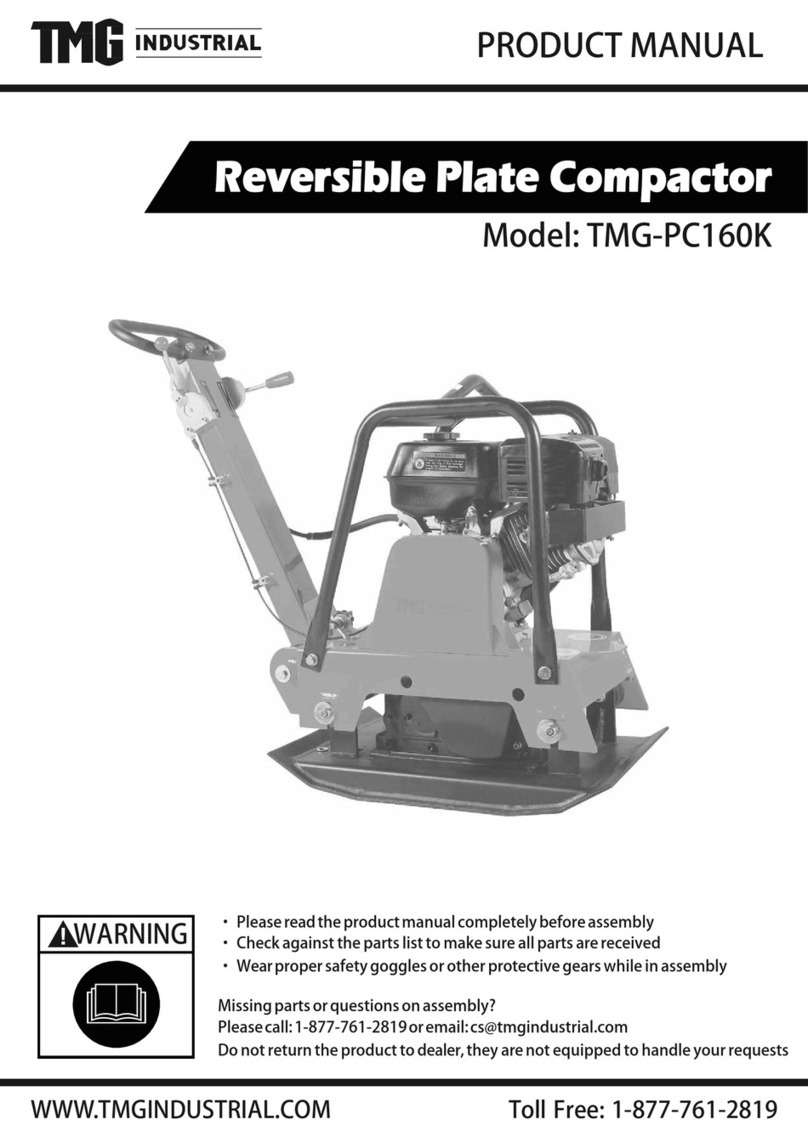
A WARNING: Negligence
of
these instructions can lead
to
accidents.
1.
BASIC PRECAUTIONS FOR SAFETY I
1.
BASIC PRECAUTIONS FOR SAFETY
1.1
General Precautions
• Read thoroughly the operator's manual.
• Understand the functions of the controls and gauges.
Familiarize yourself with
their
location and how to
operate
them.
Understand
the
meaning
of all the
symbols.
• Obey the worksite rules.
• Follow the worksite rules such as matters forbidden or to be attended
to,
and working
procedures.
• Wear protective clothing to suit the work.
• Wear clothing, safety shoes and hard hat
to
suit your work.
• Do not wear clothing and accessories that tend to get caught
in
the controls or protruded
portions of the machine.
Do
not wear oily clothing.
• According to the type of jobs, wear safety goggles or mask.
W
~
~~i51l
F>
• Know the work area
in
advance.
• Know the terrain, geology and conditions of the road surface at the worksite. Start working
after securing safety such as stationing a guardsman or putting
up
barriers where there
is
a risk of falling of the machine or collapse of shoulder.
• Provide against an accident.
• Decide
in
advance the means of communication
in
an
emergency. Know the location and
use of an extinguisher and first-aid kit.
• Know the capability of the machine.
• Thoroughly understand the performance of your machine and correctly operate the
machine to meet the requirements of the job site. Operating the machine beyond its
capabilities may lead to
an
accident. Use your machine within its capability.





























